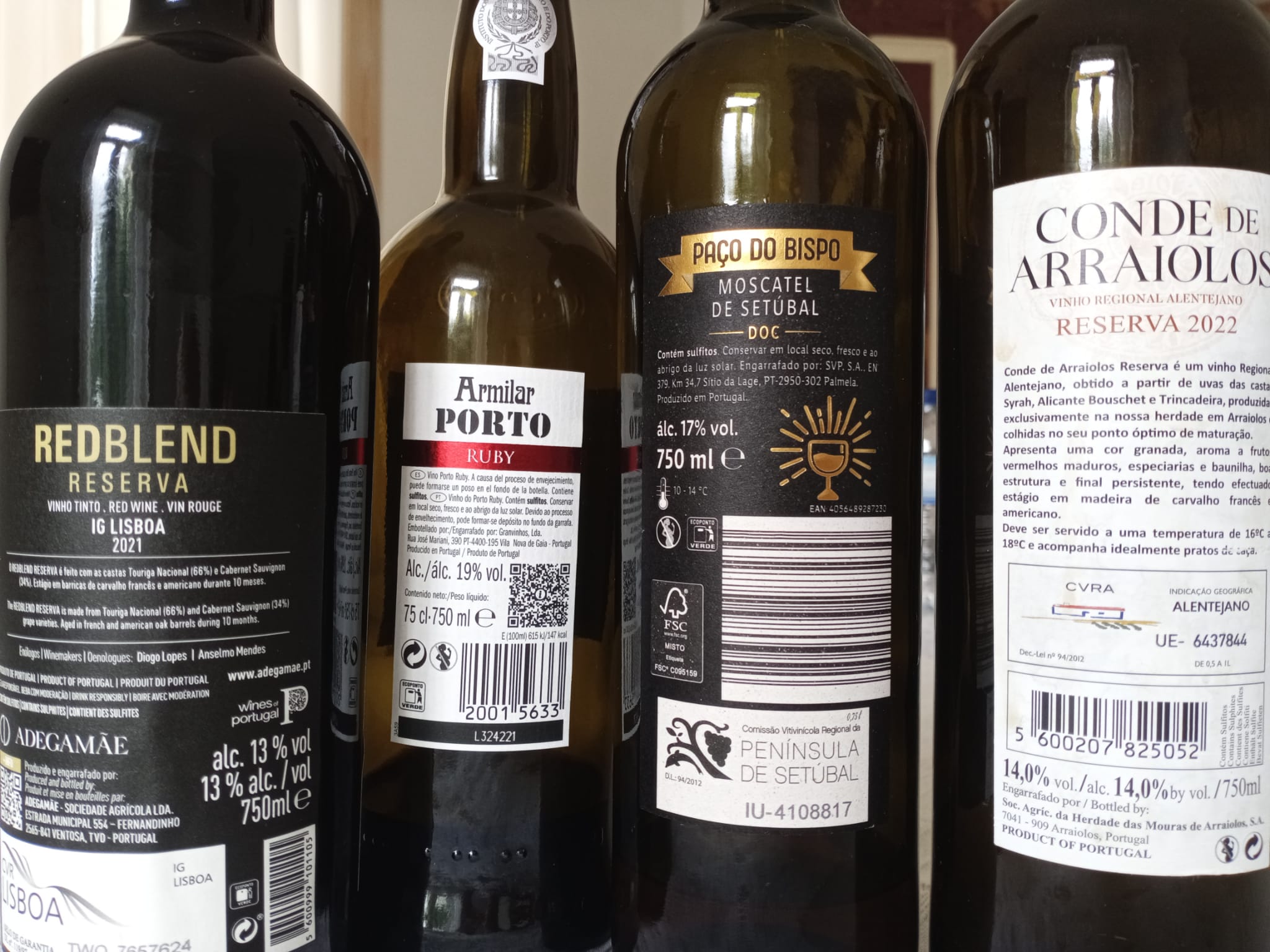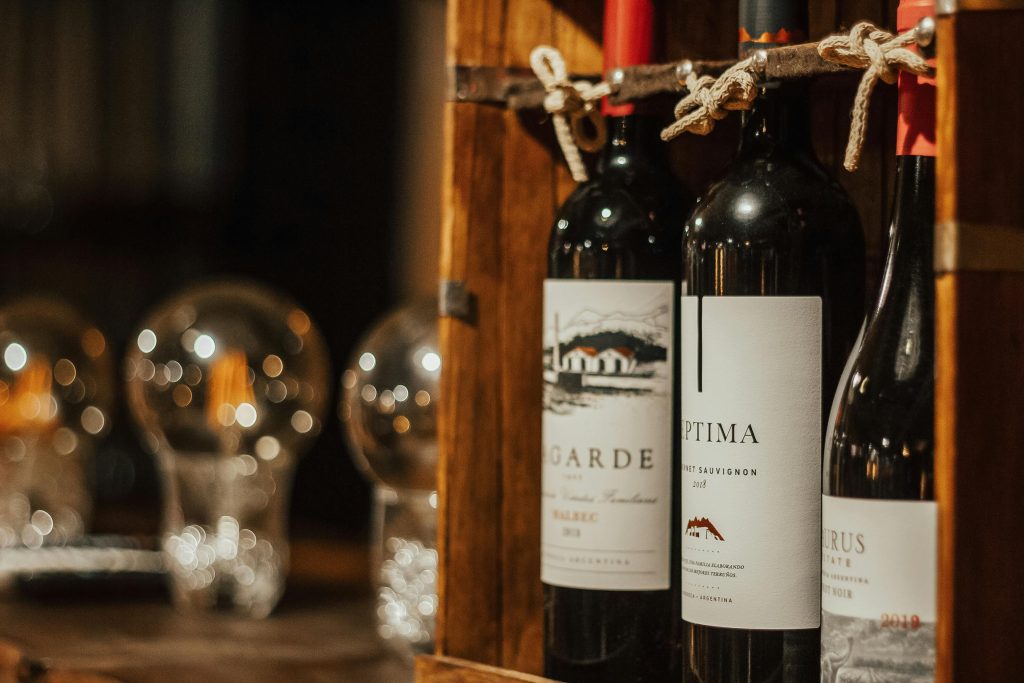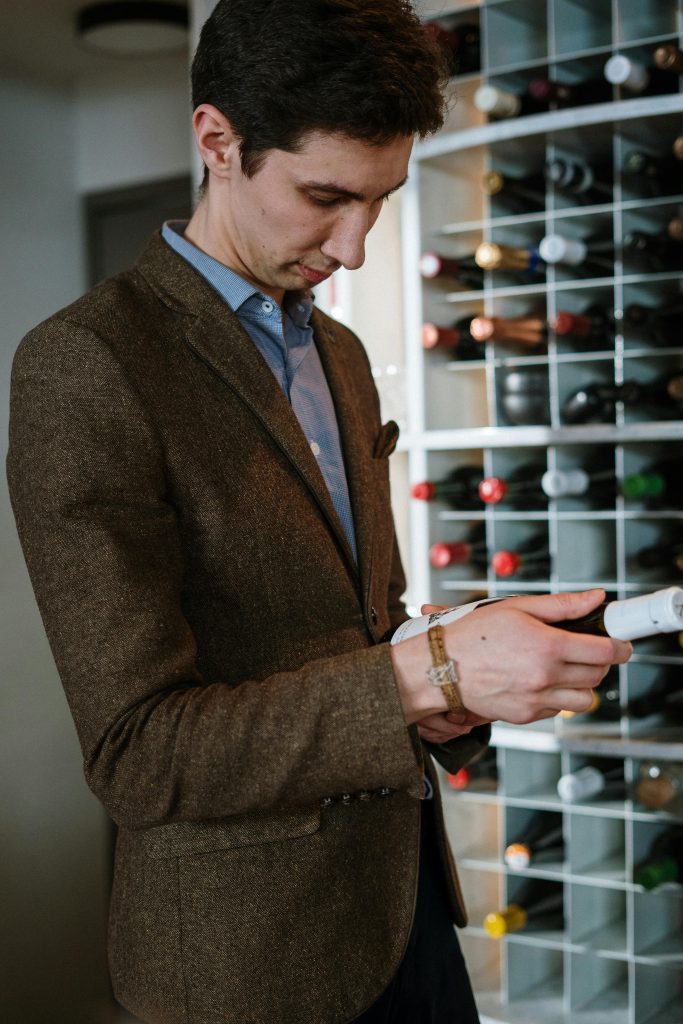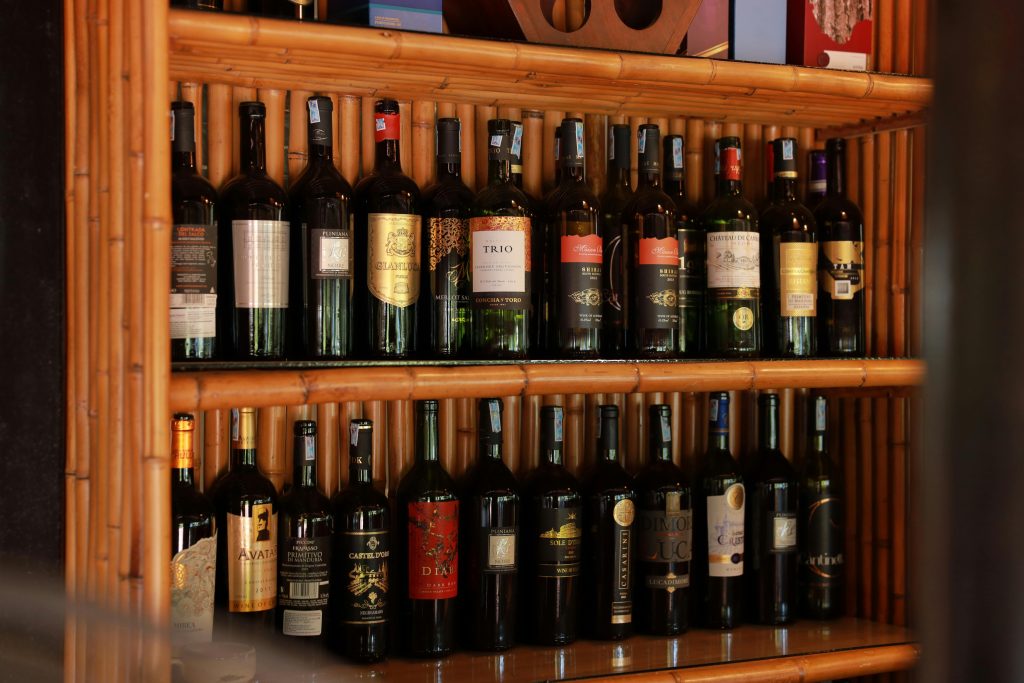
Ever stood in front of a wall of wine bottles and felt a bit lost? You’re not alone! Wine labels can feel like a secret language that only sommeliers and wine buffs understand. But here’s the truth: once you get the hang of the key terms, you’ll know exactly what you’re picking. Ready to crack the code? Let’s dive into what all those wine label terms really mean.
1. The Name Game: Wine Names Decoded
Wine names on labels often confuse people, especially when they involve tricky-to-pronounce French or Italian terms. But many names are actually clues about the wine’s origin, grape variety, or even a specific vineyard. For example:
- Varietal Wines: These are wines named after the grape they’re made from. If you see “Chardonnay” or “Merlot” on the label, that tells you the grape used in the wine is mostly from that variety. Simple, right?
- Regional Wines: Some wines are named after the region where they’re made. Think of French wines like “Bordeaux” or “Chablis.” The name is a geographical indicator, and there’s usually a strict set of rules about what grapes can be used in those regions.
- Proprietary Names: These wines have creative names chosen by the winemaker, like “The Velvet Devil” or “Opus One.” They often mix different grape varieties, so the name doesn’t tell you about the grape but instead reflects the brand’s identity.
2. Vintage or Non-Vintage? What’s the Difference?
You’ll often see a year (like 2018 or 2020) on a wine label. That’s the vintage—the year the grapes were harvested. Wines made in a great growing year usually get more attention because good weather leads to tastier grapes. Non-vintage (NV) wines, however, are made from a blend of different years. Champagne is a prime example, where non-vintage bottles aim for consistency rather than showcasing the quirks of a single year.
3. The Grape Variety: What’s in the Bottle?
Wine labels in countries like the U.S., Australia, and New Zealand often proudly display the grape variety, so you know exactly what you’re getting. Look out for words like:
- Sauvignon Blanc: Crisp, refreshing, often with a citrusy zing.
- Cabernet Sauvignon: Bold and full-bodied, with dark fruit flavors.
- Pinot Noir: Light-bodied with red fruit flavors like cherry and raspberry.
In Old World wine regions like France and Italy, you may not see the grape variety on the label because it’s assumed you know the rules. For instance, a red Burgundy will be Pinot Noir, while a Chianti will be made mostly from Sangiovese.
4. Alcohol by Volume (ABV): How Strong is It?
You’ll find the alcohol percentage, or ABV (Alcohol by Volume), on the label. This little number can tell you a lot about what to expect. Higher ABV (like 14-15%) means the wine is fuller-bodied and packs a punch. Lower ABV (around 11-12%) often means a lighter, more refreshing style.
5. Appellation: Fancy Word for Where it’s From
Appellation refers to the specific region where the grapes were grown. It’s like a wine’s birthplace. Some of the most famous appellations include Bordeaux, Napa Valley, and Chianti. These regions have strict regulations about which grapes can be used and how the wine is made. Why should you care? Wines from a recognized appellation are often held to a higher standard, which means better quality in your glass.

6. DOC, AOC, and IGP: Wine Acronyms Explained
Now, we get to the part where it seems like we’re reading alphabet soup. Don’t worry, it’s not that hard once you know the basics:
- AOC (Appellation d’Origine Contrôlée): This is the French system for controlling wine quality and origin. If you see AOC on a label, it means the wine meets strict guidelines for production, grape variety, and quality.
- DOC (Denominazione di Origine Controllata): Italy’s version of AOC, ensuring that the wine is made according to regional traditions.
- IGP (Indication Géographique Protégée): Found in both France and Italy, this term indicates a wider region and more relaxed rules than AOC or DOC. Wines labeled IGP are often creative and modern in style.
7. Sweetness Levels: How Sweet is That Wine?
Ever wondered if you’re picking up a dry wine or something sweeter? Luckily, many wine labels give you a clue. Here’s what to look for:
- Dry: Almost no sweetness. Think of a crisp, refreshing Sauvignon Blanc.
- Off-Dry: Just a hint of sweetness. A great example would be a Riesling.
- Sweet: These wines are rich and sugary, like a Sauternes or a dessert wine.
German wines are a great example of where sweetness levels get clearly labeled. Look for terms like:
- Trocken: Dry.
- Halbtrocken: Semi-dry.
- Süss: Sweet.

8. Reserve, Crianza, and Gran Reserva: Aging Terminology
If a wine is labeled “Reserve” or its European cousins, “Crianza” or “Gran Reserva”, it usually indicates a wine that’s been aged longer before being released. These terms vary by country:
- In Spain, Crianza means it’s been aged for at least two years, with at least one year in oak barrels.
- Gran Reserva has spent even more time aging (five years total, with two years in oak).
For other countries, “Reserve” often just means the wine is a step up from the regular offering, with better grapes or a longer aging process.
9. Organic, Biodynamic, and Natural: What’s the Difference?
These labels are becoming more popular as people become more conscious of how their food and drinks are made. Here’s a quick breakdown:
- Organic: Wine made without synthetic chemicals like pesticides or herbicides.
- Biodynamic: Similar to organic, but with extra attention to the lunar calendar and holistic farming practices. It’s like organic, with a spiritual twist.
- Natural Wine: Made with minimal intervention. That means little to no added sulfites, and the winemaker lets nature take its course.
10. Sulfites: Friend or Foe?
You might see “Contains Sulfites” on almost every wine label. Sulfites are naturally occurring compounds used to preserve wine, but some people worry about them because they can trigger headaches or allergic reactions. The good news? The amount of sulfites in wine is minimal and rarely causes harm. Plus, wines without sulfites can spoil faster, so they’re kind of the wine’s bodyguard.
11. Estate Bottled: What Does It Really Mean?
Estate Bottled means the wine was grown, produced, and bottled all in the same location. It’s a sign of control over the whole process, from grape to bottle. This is usually a good sign of quality because the winemaker oversees everything.
12. Barrel-Aged: A Tasty Term to Know
If you see “Barrel-Aged” on a wine label, get ready for a richer flavor experience. Wines aged in oak barrels develop complex flavors like vanilla, spice, and toast. These wines tend to be smoother and more luxurious.
13. Unfiltered and Unfined: Should You Care?
Sometimes winemakers choose not to filter or fine their wines, which means you might find a little sediment at the bottom of the bottle. Don’t panic! Unfiltered or unfined wines can have more depth of flavor because the natural particles that get removed during filtering are still in the wine. It’s a matter of taste preference—some wine lovers appreciate the rustic, full-bodied experience, while others prefer a clearer, crisper wine.

14. Pét-Nat, DOCG, and Beyond: The New Vocabulary
As the wine world keeps evolving, more trendy terms pop up. Here are a few you might encounter:
- Pét-Nat: Short for “Pétillant Naturel,” a type of sparkling wine made in the most natural way possible. It’s fizzy, fun, and usually a little cloudy.
- DOCG: Found on Italian wines, this means Denominazione di Origine Controllata e Garantita. It’s the top tier of Italian wine quality, even stricter than DOC.
- Brut, Extra-Brut, Demi-Sec: These are French terms found on sparkling wines like Champagne, indicating how sweet or dry the wine is. Brut is dry, Extra-Brut is even drier, and Demi-Sec has some sweetness.
15. Decoding Wine Labels – Final Takeaway
Wine labels can feel like a foreign language, but now that you know the key terms, you’re ready to shop with confidence. Whether you’re picking a bold Cabernet from Napa, a crisp Chardonnay from Chablis, or a funky Pét-Nat from a trendy vineyard, understanding these terms makes you a wine label decoding pro.
So the next time you stand in front of that wine aisle, grab a bottle with pride—you’ve got this!